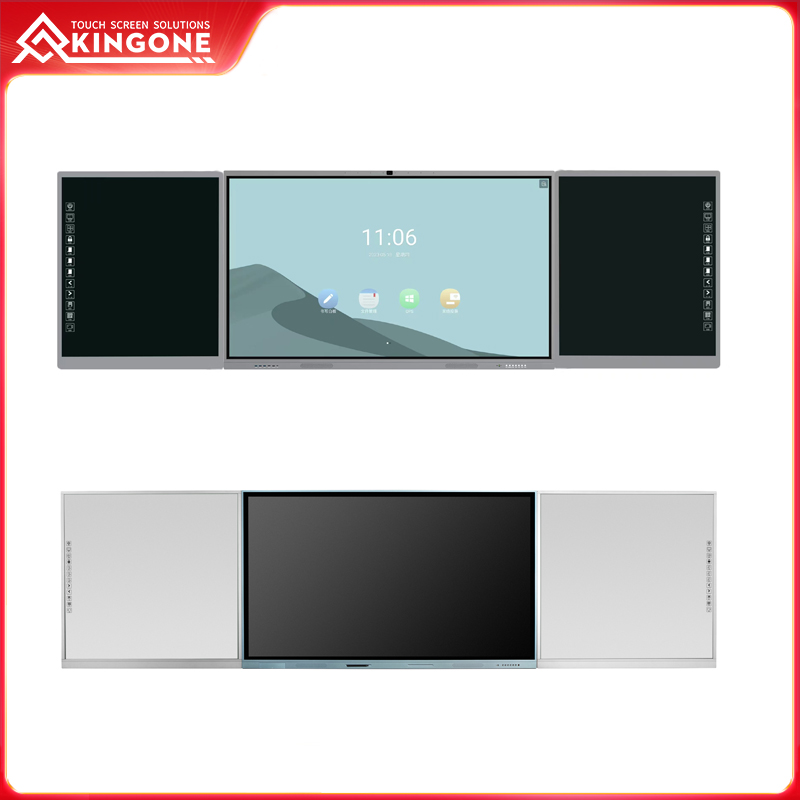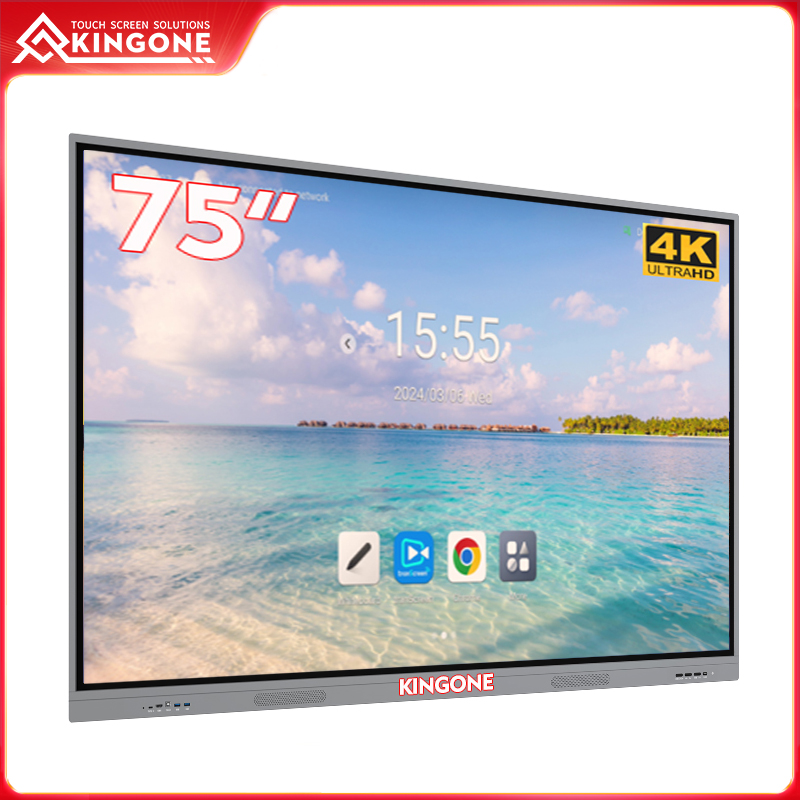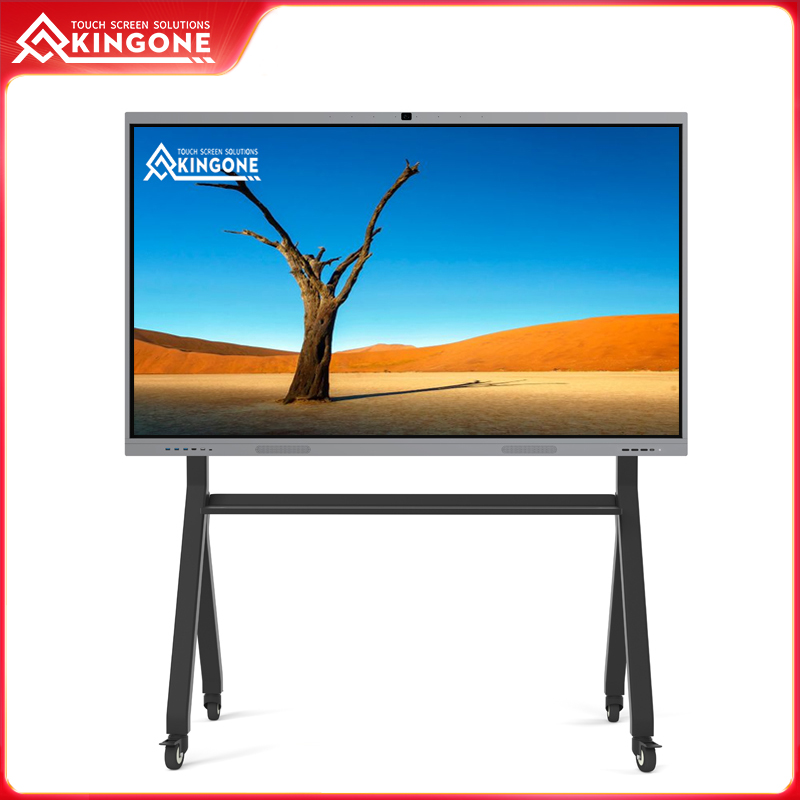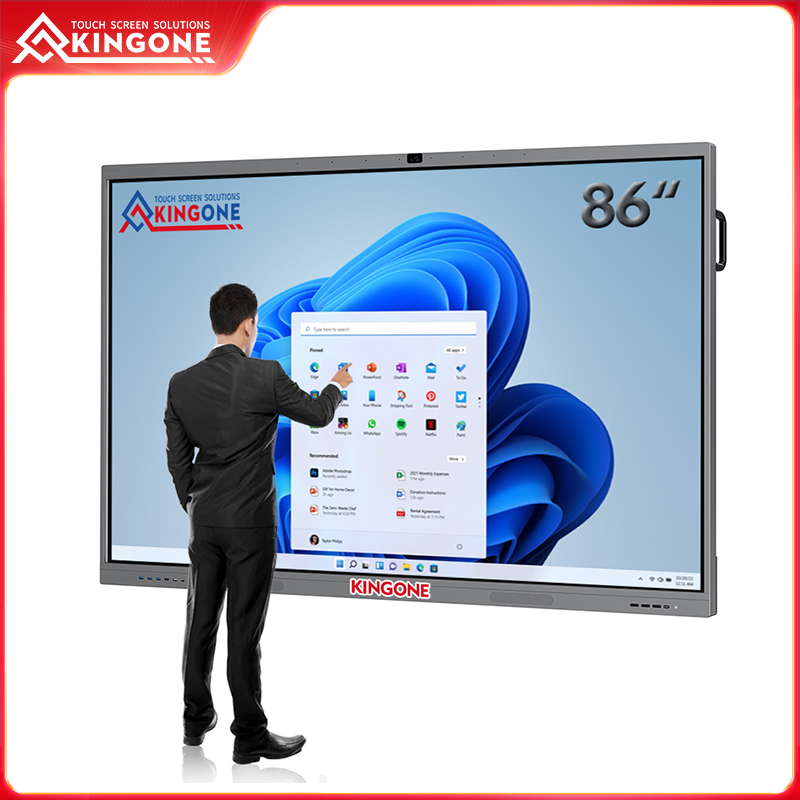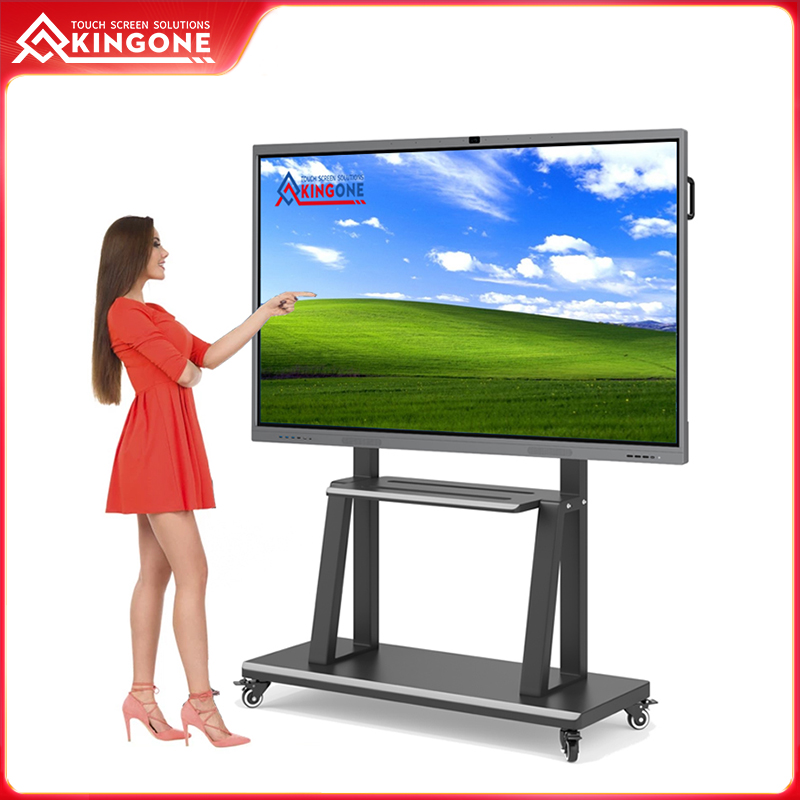what do you need for an interactive smart board?
Published:
2023-11-03 09:54:59
Essential Components for an Interactive Smart Board.
1. Display Panel
The most crucial element of an interactive smart board is the display panel. It is responsible for presenting content to users. Options range from LCD, LED, or OLED panels, each with its own advantages and capabilities. The display panel needs to be large enough to ensure a clear view from all angles, typically ranging from 55 to 98 inches.
2. Touch Technology
In order to interact with the smart board, it must have touch technology integrated. There are several types of touch technologies available, including infrared, capacitive, and resistive. Each has advantages depending on the required level of precision, durability, and response time.
3. Operating System and Software
An interactive smart board requires an operating system (OS), similar to those found on computers and tablets. Common options include Windows, Android, or iOS. Additionally, a variety of software is available to maximize the potential of the smart board, allowing for features such as screen sharing, annotation, and content creation.
4. Connectivity Options
To enhance functionality, interactive smart boards need to have various connectivity options. This includes wireless capabilities for seamless integration with other devices. Ethernet ports, USB connectors, HDMI inputs, and Bluetooth connectivity are essential for connecting to peripherals and external devices.
5. Audio System
Audio plays a crucial role in facilitating interactive sessions. Built-in speakers or audio outputs on the smart board ensure clear sound transmission. Advanced models may even include microphone input options for real-time communication during presentations or video conferences.
6. Interactive Pen/Stylus
Most interactive smart boards support the use of an electronic pen or stylus. These input tools allow users to write, draw, and annotate directly onto the display panel. The pen or stylus should be versatile, accurate, and responsive to provide an engaging and accurate user experience.
7. Mounting and Accessories
An interactive smart board necessitates a sturdy and adjustable mounting system to secure it to the wall or on a stand. This allows for optimal positioning and easy adjustment according to users' preferences. Additionally, accessories such as mobile stands, protective screen covers, and extra cables are often needed to enhance functionality and extend the smart board's lifespan.
Conclusion
An interactive smart board combines various hardware and software components to facilitate engaging and collaborative learning or presentation experiences. From the display panel and touch technology to the operating system and connectivity options, every aspect plays a vital role in providing an effective interactive smart board. Carefully selecting and integrating these components will ensure a successful implementation that caters to the specific needs of users.
 English
English

